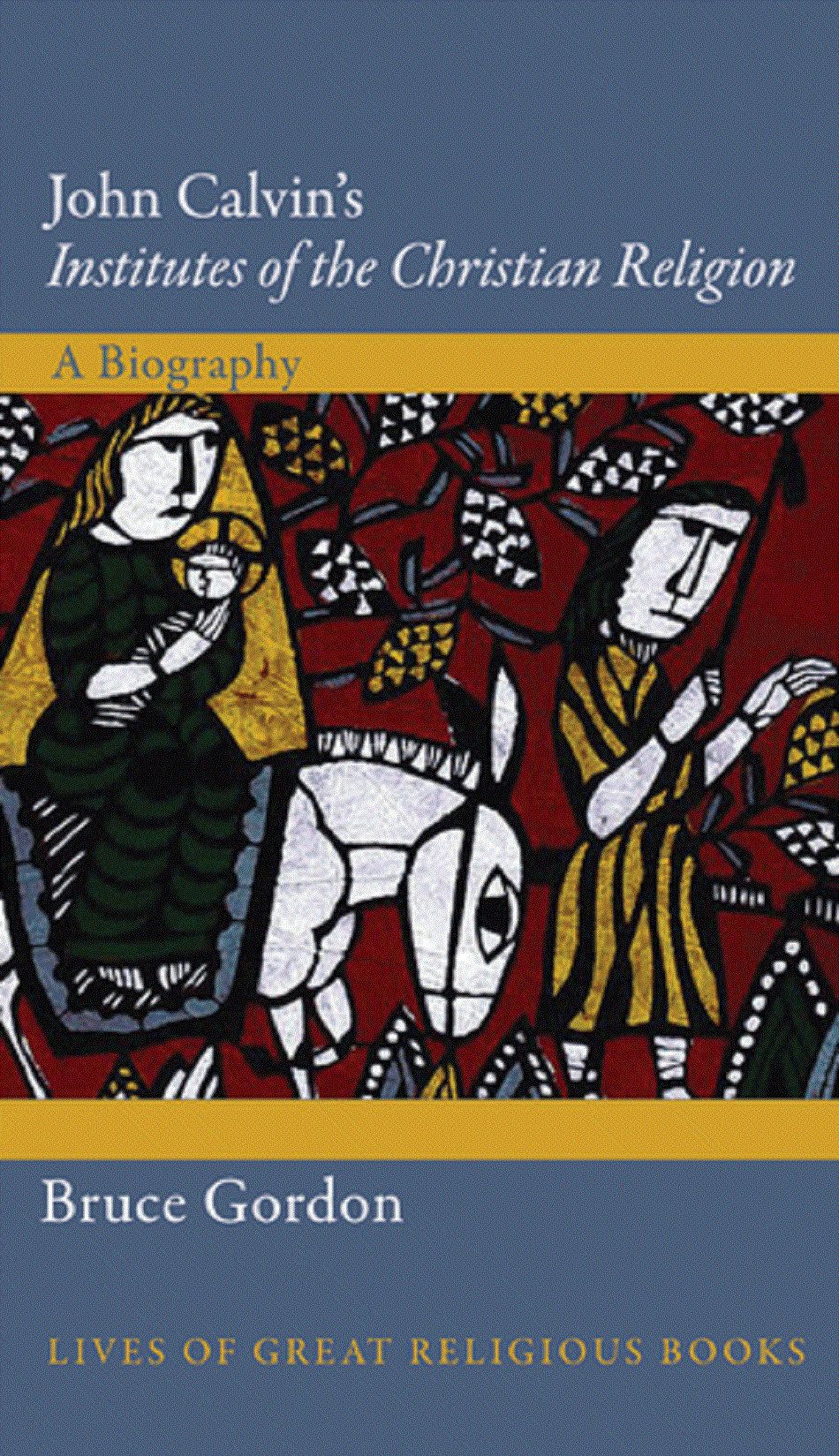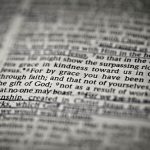Ever since his own time there have been wildly differing assessments of John Calvin, some very wide off the mark.
In his latest book, John Calvin’s Institutes of the Christian Religion: A Biography, Bruce Gordon—professor of ecclesiasitical history at Yale University—traces the fate of Calvin in general and his Institutes in particular all the way to the present day. As author of the standard biography on Calvin (Yale , 2009) [review], Gordon is well equipped for this task.
Predestination and Democracy
Since the 18th century there have been two dominant pictures of Calvin. For Voltaire, Calvin was “the man who killed Servetus and created a God who delighted in the damnation of most people” (91). Servetus and predestination are constantly recurring themes in portrayals of Calvin. The execution of one notorious heretic in Geneva is the act that defines Calvin, while the fact that heretics were executed almost everywhere in Europe at the time—that the supposedly saintly Thomas More (to take but one example) was responsible for many such executions—is completely ignored. Gordon provides a helpful appendix that sets the Servetus affair in its historical context (223–25).
With predestination, Calvin was mostly following Augustine and Aquinas. As Gordon notes, the doctrine was taught by every major 16th-century Protestant Reformer (87), though Philip Melanchthon did change his mind on it. This is true, but Calvin did also go beyond Augustine and many of his fellow Reformers. He taught not just that God elects who will be saved, but also that he predestines the lost to damnation—what some refer to as double predestination. Of course, the former statement implies the latter—at least to the extent that God allows the reprobate to be lost—but Calvin goes beyond this formulation. God didn’t merely allow the fall of Adam to happen (Augustine) but positively predestined it, as with the damnation of the lost. Calvin wasn’t the first to argue this point, but was merely following in the wake of Luther and Zwingli, and they in turn were following one strand of late medieval Augustinianism.

John Calvin's Institutes of the Christian Religion: A Biography
Bruce Gordon
John Calvin's Institutes of the Christian Religion: A Biography
Bruce Gordon
Another (less dominant) picture has been of Calvin as the founder of democracy, tolerance, and capitalism. In 1909 the World Alliance of Reformed Churches celebrated the 400th anniversary of the Reformer’s birth by portraying him as “a patron saint of liberal Christianity,” a prophet of democracy, a man of progress, and an honorary founding father of the United States (95–96). Gordon rightly observes that those admiring Calvin were looking into a mirror, not looking back at the Calvin of history. “The virtues of the memorialized Reformer were those of the contemporary society that venerated him” (126).
I attended many of the celebrations of the 500th anniversary of Calvin’s birth in 2009. The dominant theme at these events was neither of the fantasy portrayals noted above, but instead a careful analysis of the historical Calvin. So at least we’ve learned something in the intervening 100 years. Or have we? Maybe the big difference is I can see the glaring errors of the past while I’m blind to the errors of my own day.
Calvin’s Influence
Ninetheenth-century America knew three Calvins: the intolerant persecutor, the pioneer of religious freedom, and the hero of the Reformation (113). The last of these has also frequently led to distortion. Succeeding generations have conscripted Calvin’s support for controversies and debates unknown to him (e.g., 60) and the same is true today, as is shown by Richard Muller in his The Unaccommodated Calvin: Studies in the Foundation of a Theological Tradition (Oxford, 2000). At the popular level, too many assume Calvin can be equated with “Calvinism” as it’s articulated today. The most blatant example is the attribution to Calvin of the 20th-century summary of Calvinism (TULIP; 154), not all of which can be found in the Reformer’s own teaching. (For the origins of the mnemonic, see Kenneth Stewart’sTen Myths About Calvinism.) Modern scholarship has left behind Calvin the persecutor and pioneer of religious freedom, but the temptation to recruit the Reformer to one’s own theological cause remains as potent as ever. Some years back I was at a Calvin study group where a senior scholar lapsed from expounding Calvin to expressing his own view. After being chided for this approach, his replied: “Oh, we’re all just using Calvin to state our own views!”
Related is an important recurring theme of the book: the distinction between citing an author and being influenced by him (60–61, 76, 78–80). “The Institutes,” Gordon writes, “could be cherry-picked for apt passages that supported or undermined a case,” the aim not being to learn from Calvin but to invoke his name (78). Gordon cites the example of Charles Hodge, who frequently quoted the Institutes but for whom “the Institutes was the cart, not the horse” (121).
The phases of reception of the Institutes include thoroughly predictable ones, like chapter 7 on Warfield, Kuyper, and Bavinck, or chapter 8 on Barth and Brunner; others are less predictable, like chapter 11 on Calvin’s influence in present-day China. Calvin’s role in both the establishment of apartheid in South Africa and its undermining is particularly interesting (ch. 10).
In short, this is an excellent volume. I warmly commend it to anyone with an interest in Calvin’s Institutes, and the way it has been understood through the centuries.
































